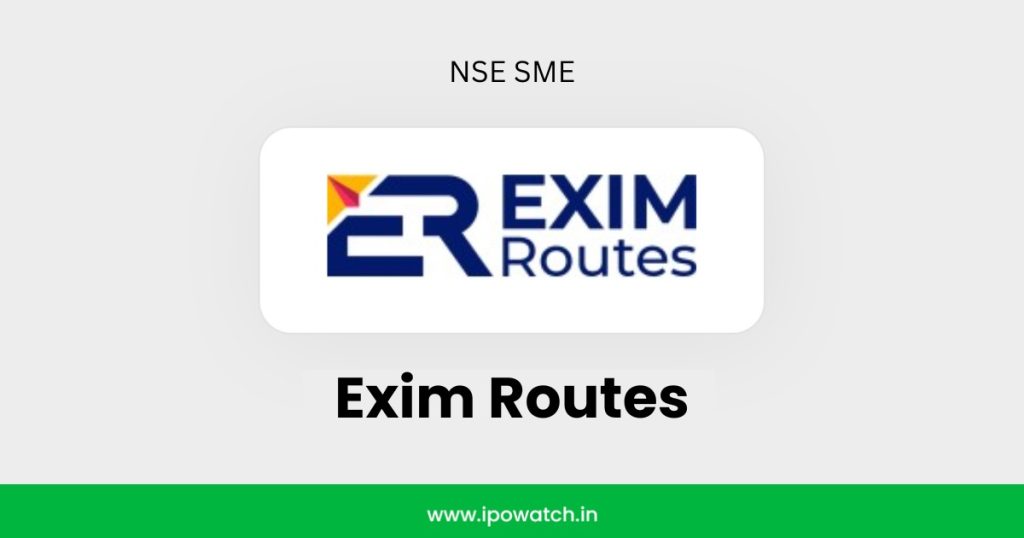It has since been replaced by the National Pension System (NPS).
Why the NPS was a Crucial Step
Financial inclusion in India was elevated to the next level with the introduction of the National Pension System (NPS). No more just a pension scheme, the NPS was designed to be a tool for tax exemptions. As a result, the government envisioned Indians would be able to do much more with much less.
Now, any subscriber – between 18 and 70 years of age – could voluntarily contribute to their corpus for retirement planning. Fund managers regulated by the Pension Fund Regulatory and Development Authority (PFRDA) would then invest these savings in diverse portfolios. The accumulated capital would then grow over the years and reap greater benefits to the subscriber and the government. Moreover, subscribers can avail of NPS tax exemption benefits under different sections of the Income Tax Act 1961.
Besides investments in government bonds and corporate debentures, a portion of the NPS also goes to equities. Though returns aren’t guaranteed, they are much higher than conventional tax-saving investments such as the Public Provident Fund (PPF). Furthermore, you can open an NPS account online and offline with little to no hassles.
But first, you must know the two routes to subscribing to NPS. Under this scheme, subscribers can open any of two accounts – Tier 1 and Tier 2. Whereas the former offers tax sops to all subscribers, the latter does so only to government employees.
Tier 1 Account
Exempt-Exempt-Exempt Status
A host of attractive options are available under this account. This NPS tax exemption account offers the exclusive Exempt-Exempt-Exempt (EEE) status.
Keep two things in mind, though. First, you must make a minimum contribution of ₹1,000 while opening the account. Second, you can withdraw up to 60 percent of the accumulated amount after retirement tax-free. The remaining 40 percent goes into buying annuity plans.
The first ‘Exempt’ is related to the contributions made to the corpus. A Tier 1 subscriber can claim tax benefits under Section 80 CCD (1) of the Income Tax Act within the overall ceiling of ₹1.5 Lakhs under Section 80 CCE. They can also avail of an additional tax deduction of ₹50,000 under Section 80 CCD (1 B). This amount is over and above the ₹1.5 Lakh ceiling under Section 80 CCE.
NPS tax exemptions don’t stop here. They extend to corporates and employers under the Corporate NPS model. This offers deductions of up to 10 percent of the salary (Basic + DA) as ‘Business Expense’ from the profit and loss account under Section 36(1)(iv)(a).
Second Exempt is related to the earnings from the contributions. And the third Exempt is the 60 percent lump sum you can withdraw upon superannuation.
Tier 2 Account
A Tier 2 account also offers NPS tax exemption benefits, albeit in a different manner. There are no minimum contribution requirements, and you have more freedom to withdraw funds. Having no lock-in period, a Tier 2 account allows easy liquidity – you can withdraw as many times, and however much you want.
Government employees, though, are at a distinct advantage here. Their contributions to the Tier 2 account are eligible for tax deductions under Section 80C of the Income Tax Act. Nonetheless, a lock-in period of three years is a precondition even government employees must accede with.
Who Can Opt for NPS?
The NPS offers three models under which all Indians, including NRIs, can opt for Tier 1 or Tier 2 accounts.
- All Citizens of India: The umbrella category where all individuals (between 18 and 70 years) can open their accounts.
- Corporate Model: Employers can contribute to employees’ Tier 1 accounts.
- Central or State Government Model: Mandatory for all government employees who started working on or after 1st January 2004.
A Long-Term Security Option
Creating a corpus under the NPS is a crucial step in ensuring financial security for the later years of one’s life. With a majority of Indians in the workforce, NPS accounts can work to benefit both citizens and the nation in two ways. Besides obvious tax-saving benefits for citizens, they can contribute to wealth creation and capital accumulation within the country.
The NPS tax exemption system can go a long way toward adding to the growth trajectory of Indians and the country. Thanks to the central government’s push for digitalisation, financial services, and welfare schemes have come closer. Having a comprehensive understanding of the programmes, however, is a prerequisite.
Follow IPO Watch for the Upcoming IPO news and their reviews, also keep following us on Twitter, Facebook, and Instagram. For our latest videos, subscribe to our YouTube channel.





